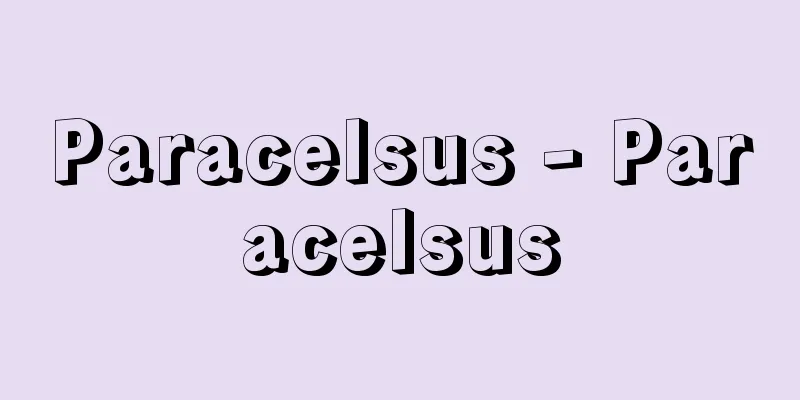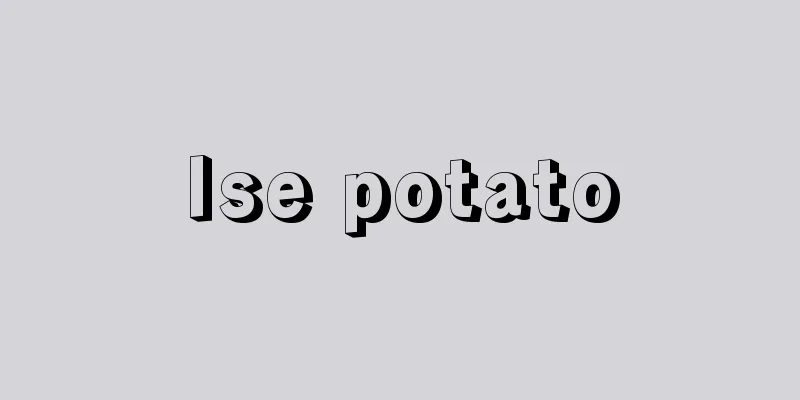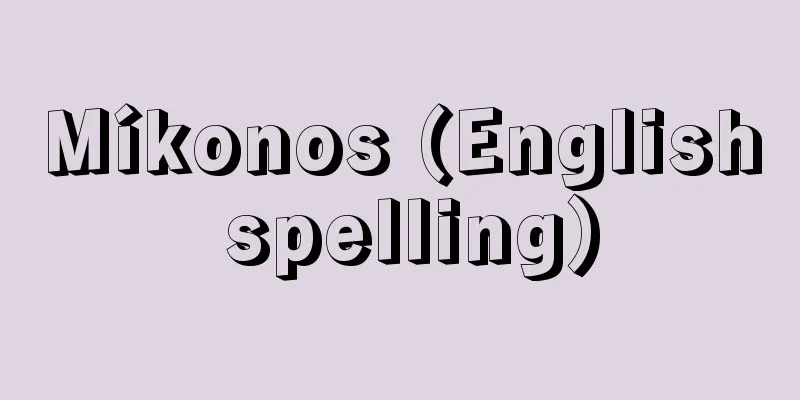Paracelsus - Paracelsus

|
Swiss physician and chemist. Born in Einsiedeln. His real name was Philippus Aureolus Bombastus von Hohenheim, but he was known by his nickname Paracelsus. He made Villach in Carinthia, Austria, his second home, and ended his eventful life as a leading Renaissance physician in Salzburg. After studying medicine at the University of Ferrara in Italy, he learned a great deal during his First Great Wandering, which took him through Western and Eastern Europe and probably even to the Near East. In 1525 he attempted to settle in Salzburg but was unsuccessful. In 1527 he was invited to Basel to become the city physician and university professor there. However, his naturally combative nature and his academic beliefs led him to rebel against traditional medicine, which alienated the city of Basel, and he eventually left the city in 1528, from which he entered his second period of wandering, without finding a place to settle down until the year of his death. During his time in Basel, he abandoned Latin, the medical tradition, and lectured in German, and also burned medical authorities from the Middle Ages, actions similar to those of the religious reformer Luther, which earned him the nickname "Medical Luther." It is remarkable that Paracelsus, who was forced to spend most of his life wandering, left behind a vast amount of medical, philosophical, and theological writings. After his death, Johannes Huser (1545-1597/1604) published a ten-volume medical treatise (1589-1591) in which people calling themselves Paracelsians expounded on his teacher's teachings, but his true successor can be found in the Belgian physician Van Helmont. Goethe also studied the works of Paracelsus. However, it was only in the 20th century that his reputation, which had been the subject of much criticism and praise, was established. Fourteen volumes of medical and philosophical writings were edited and published (1922-1933) by medical historian Karl Sudhoff (1853-1938), and theological manuscripts were edited and published by Kurt Goldammer (1916-1997) in 1955, but were never completed. Among his vast works, the most representative ones are the so-called "Paratrilogy." Volumen Paramirum (c. 1520) describes five causes of disease and five methods of treatment, Paragranum (1530) discusses the four pillars of medicine: philosophy, astronomy, alchemy, and virtue, and Opus Paramirum (1531) develops the concept of the famous three elements, namely sulfur, mercury, and salt. The essence of alchemical thought can also be seen in Alcidoxis (1526). His works on the "French disease" (syphilis) (1528-1529), which was "imported" from the New World at the time, his pioneering psychiatric works such as "Diseases that Robbate Reason" (1525-1526), "Epilepsy" (1530-1531), and "Invisible Diseases" (1531), as well as his work on industrial medicine such as "Diseases of the Miners" (1533) cannot be ignored. His work as a surgeon, "Major Surgical Procedures" (1536), was already a success when it was published, and his fundamental philosophy on the macrocosm and the microcosm can be seen in his unfinished large work, "Astronomia Magna" or "Philosophia Sagacus" (1537-1538). His later works, known as the "Carinthian Trilogy" (1538), include Seven Apologies, in which he defends his position, and On the Physician's Labyrinth, a summary of his medical and Christian vocation. His unique new terminology and writing style are quite difficult for us today to understand, but in addition to his medical and alchemical books, he left behind a huge number of theological manuscripts, as well as detailed commentaries on the Gospels and Psalms and sermons, the full picture of which remains to be explored in the future. His remains are buried in St. Sebastian's Church in Salzburg, and the International Paracelsus Society is held in the city every year, where research is presented. [Hiroshi Ohashi] "The Miraculous Medical Book" by Paracelsus, translated by Otsuki Shinichiro (1980, Kousakusha)" ▽ "The Light of Nature" by Paracelsus, edited by J. Jacobi, translated by Ohashi Hiroshi (1984, Jinbun Shoin)" ▽ "The Life and Thought of Paracelsus" by Ohashi Hiroshi (1976, Shisosha)" ▽ "The World of Paracelsus" by Tanemura Toshihiro (1977, Seidosha)" [References] | | | | | |Source: Shogakukan Encyclopedia Nipponica About Encyclopedia Nipponica Information | Legend |
|
スイスの医学者、化学者。アインジーデルンに生まれる。本名はフィリップス・アウレオールス・ボンバストゥス・フォン・ホーエンハイムPhilippus Aureolus Bombastus von Hohenheimといい、パラケルススは通称。オーストリアのケルンテン州フィラッハを第二の故郷とし、ルネサンスを代表する医師として、その波乱に富んだ生涯をザルツブルクで終えている。 イタリアのフェッラーラ大学で医学を学んでから、西ヨーロッパや東ヨーロッパを経ておそらく近東にまで及ぶ第一次大遍歴において多くを学んだ彼は、1525年ザルツブルクに定住せんとして果たさず、1527年バーゼル市に招かれて同市の市医兼大学教授となる。 しかし生来の戦闘的性格とその学問的信念とにより、伝統的医学への反逆を試みた彼は、バーゼル市を敵に回すことになり、結局1528年同市を退去し、以来その没年まで安住の地を得ることなく、第二次遍歴時代に入る。バーゼル時代、医学の伝統であったラテン語を捨ててドイツ語で講義し、また中世以来の医学の権威書を火中に投ずるなどの行動が、宗教改革者ルターに似ていたこともあって「医学のルター」ともよばれた。生涯の大半を遍歴に過ごさざるをえなかったパラケルススが、莫大(ばくだい)な量に上る医学的、哲学的、神学的著作を残したことは驚嘆に値する。彼の死後、フーゼルJohannes Huser(1545―1597/1604)による10巻の医学書(1589~1591)が発行され、パラケルスス派と称する人々がその師の学説を述べたが、ベルギーのファン・ヘルモントに真の後継者をみることができる。ゲーテもパラケルススの著作を研究している。 しかし、毀誉褒貶(きよほうへん)の多かった彼の声価が定着したのは20世紀に入ってからである。医学史家ズートホフKarl Sudhoff(1853―1938)により14巻の医学、哲学書が編集刊行され(1922~1933)、さらに神学関係原稿は1955年以来ゴールトアンマーKurt Goldammer(1916―1997)によって編集され、刊行が始まったが、結局、完結しなかった。 莫大な作品のなかから代表的なものをあげると、まずいわゆる「パラ三部作」がある。『ボルーメン・パラミールム』(1520年ころ)には疾病の五つの病因、五つの治療法が述べられ、『パラグラーヌム』(1530)では医学を支える4本の柱として、哲学、天文学、錬金術、徳の4項目が論じられ、さらに『オープス・パラミールム』(1531)では有名な三原質、すなわち硫黄(いおう)、水銀、塩の概念が展開されている。錬金術思想のエッセンスは『アルキドクシス』(1526)にもみられる。 当時、新大陸から「輸入」された「フランス病」(梅毒)に関する一連の著作(1528~1529)、精神医学の先駆的著書『理性を奪う病』(1525~1526)、『癲癇(てんかん)』(1530~1531)、『眼(め)に見えぬ病』(1531)など、また産業医学的見地から『鉱夫病』(1533)なども無視できない。外科医としての著作『大外科学』(1536)はすでに発表当時から成功を収めたし、彼の根本思想である大宇宙(マクロコスモス)と小宇宙(ミクロコスモス)に関する哲学は『大天文学(アストロノミア・マグナ)または明敏なる哲学(フイロソフイア・サガクス)』(1537~1538)の未完の大著にみられる。「ケルンテン三部作」(1538)として知られる晩年の作品には、自己の立場を弁護した『七つの弁明』、彼の医師としての、キリスト者としての天職を集大成した『医師の迷宮について』がある。 彼独特の新しい術語と文体は現代のわれわれにはかなり難解であるが、医学書、錬金術書のほかにも、莫大な神学的原稿が残されており、福音(ふくいん)書や詩編の詳しい注解や説教などがあって、これらの全貌(ぜんぼう)はなお今後の探求にまたねばならない。 彼の遺骨はザルツブルクの聖セバスチアン教会に葬られており、「国際パラケルスス学会」が毎年同市において開催され、研究発表が行われている。 [大橋博司] 『パラケルスス著、大槻真一郎訳『奇蹟の医書』(1980・工作舎)』▽『パラケルスス著、J・ヤコビ編、大橋博司訳『自然の光』(1984・人文書院)』▽『大橋博司著『パラケルススの生涯と思想』(1976・思索社)』▽『種村季弘著『パラケルススの世界』(1977・青土社)』 [参照項目] | | | | | |出典 小学館 日本大百科全書(ニッポニカ)日本大百科全書(ニッポニカ)について 情報 | 凡例 |
>>: Belly Art (belly art) - Haragei
Recommend
Alberich
…He appears in various forms in medieval legends ...
Matcha - incense
It is a powdered fragrance that is mainly used for...
Amus, C.
…However, the cans of this era were different fro...
Endocarditis - Endocarditis
[What kind of disease is it?] This is a disease in...
Role playing
...Large companies began to integrate employee ed...
Gulda, F. (English spelling) GuldaF
…In each category, the top two prizewinners are a...
Lenau, Nikolaus
Born: August 13, 1802. Chatard Died: August 22, 18...
Acridine
C 13 H 9 N (179.22). It is found in small amounts...
Peso
…By the beginning of the 17th century, prices in ...
Chapter of a Church (English: capitulum [Latin])
An institution of the Roman Catholic Church (chapt...
"Akō Castle"
...Amidst all these all-star productions, the Gen...
Earthenware - Doki
A vessel made by shaping and firing clay bound wi...
Kaneyoshi Ichijo
Year of death: April 2, 1481 (April 30, 1481) Year...
Takayanagi [town] - Takayanagi
A former town in Kariwa County, located in the Hig...
Shiotsu
A place name in Ika District, Omi Province, on the...








![Kokawa [town] - Kokawa](/upload/images/67cb8ec690a0b.webp)
